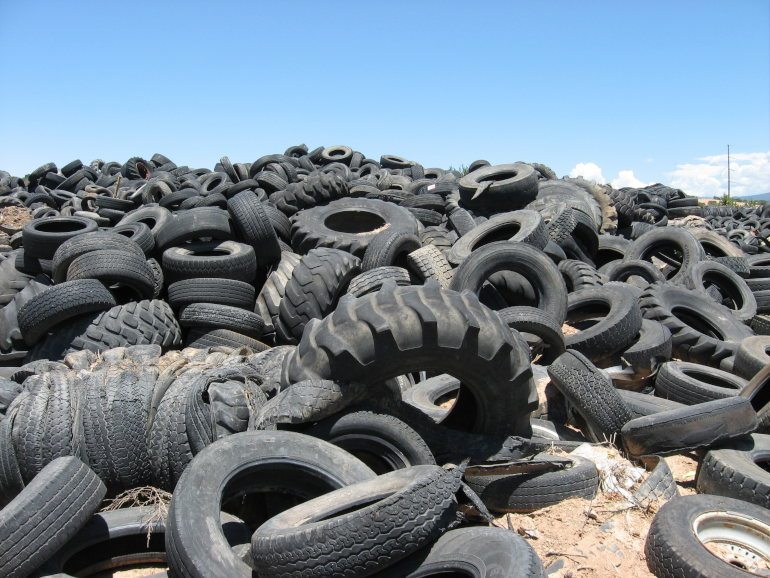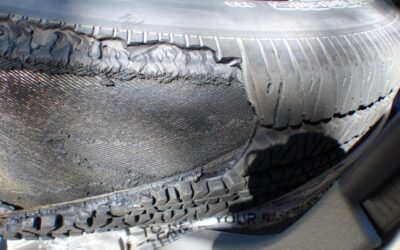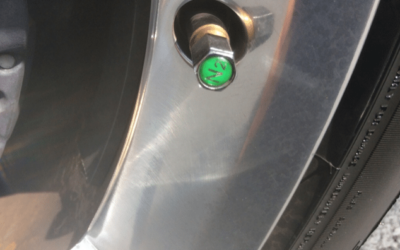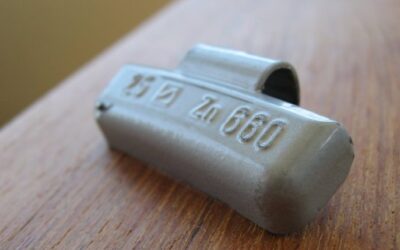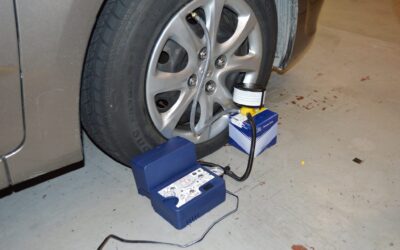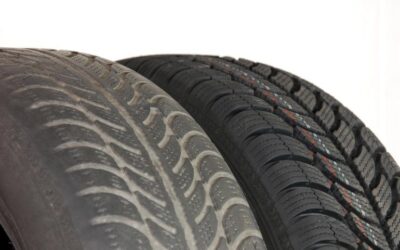Just by virtue of their size and numbers, about 268 million a year, tires would quickly overwhelm landfills if no attempts were made at finding ways to recycle them. To make things worse, their shape exacerbates things by making them terrific receptacles for collecting mosquito-breeding stagnant water and wonderful shelters for rats, mice, and other pests. They’re also good at capturing methane gas generated at waste sites. Topping this off, they’re flammable and produce toxic smoke and oily residue when they burn. The good news is that a wide variety of uses have been discovered that permit them to either be recycled or at least eliminated before they accumulate and pose numerous health and safety hazards. Do you know you can get involved in tire recycling right now?
Refueling
Technically, using old tires as fuel is not thought of as recycling, but it is a very popular means of eliminating them as a nuisance. In fact, it relieves the US of approximately 130 million tires. That’s about half of the scrap tires produced each year. This fuel possesses the same heat capacity by weight as petroleum, but it creates higher levels of pollutants like nitrogen oxide and heavy metals. Still, these levels are lower than those of some types of coal that provide less power output. The cement and paper manufacturing sectors along with electricity production are the primary consumers. A related process that is considered recycling is pyrolysis.
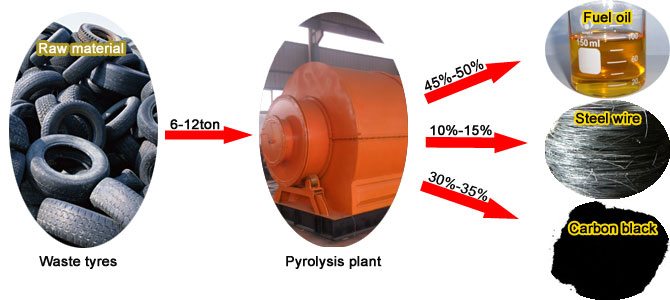
Here, tires are burned at a very high temperature without oxygen to decompose them into steel, carbon black, and fuel oil. So far, this technology is still limited because it’s financially unsustainable. Sad…
Back on the Road
One common way used tires are recycled is by turning them into new tires. Specifically, some old tires can be retreaded. This involves placing a new tread layer over the outer surface of the tire. As of 2013, there were 14.9 million retreaded tires sold in the US annually. This process is usually aimed at commercial tires like bus, aircraft, and tractor tires.
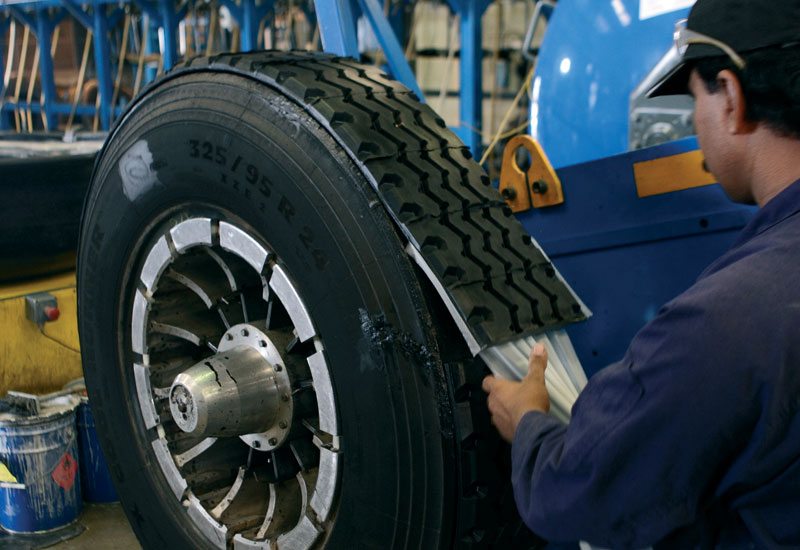
Even though retreaded tires are only 30% to 70% of the price of a new tire from a comparable manufacturer, very cheap imported tires have severely cut into the market for them among passenger cars.
Life After Death
As the image of the old tire swing hanging from a tree limb shows, whole tires can be put to all sorts of creative uses. In this form, they can be used as bumpers on docks or along race tracks. They have also been tightly packed with dirt and stacked like concrete blocks to form the walls of houses. Other projects involve burying them half-way on end along beaches to prevent erosion.
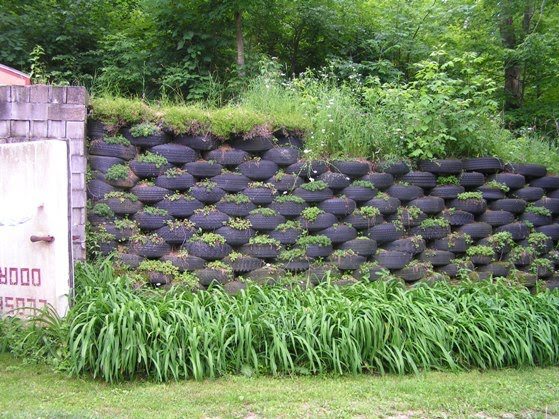
Tires can even be used to help establish artificial reefs, but special care has to be taken to keep them anchored in place. In the 1970s, a project called the Osborne reef was launched off the Florida coast. Used tires were bound together with steel wires and dumped at the site. After the wiring quickly rusted away, ocean currents tossed the loose tires around. Coral couldn’t establish itself on them, and they destroyed surrounding natural reefs by drifting into them.
Bits and Pieces
Roughly 35 million scrap tires are cut, stamped, shredded, or ground into fine crumbs for various uses each year. They have cut into strips and pieces for things like sandals, floor mats, belts, and gaskets. Strips have been woven together for use as highway sub-base material. In shredded form, they are commonly used as a sub-layer around playground equipment. This material is also used for backfill, porous spacing around drainage tiles, and as a sound-absorbing substance mixed with concrete for sound barriers. Finally, when it’s in crumb form, tire rubber can be mixed with binders to make everything from speed bumps to sound-absorbing pavements. It’s even used as a protective covering for concrete and steel railroad ties that are 200% more durable than traditional wooden ties.

